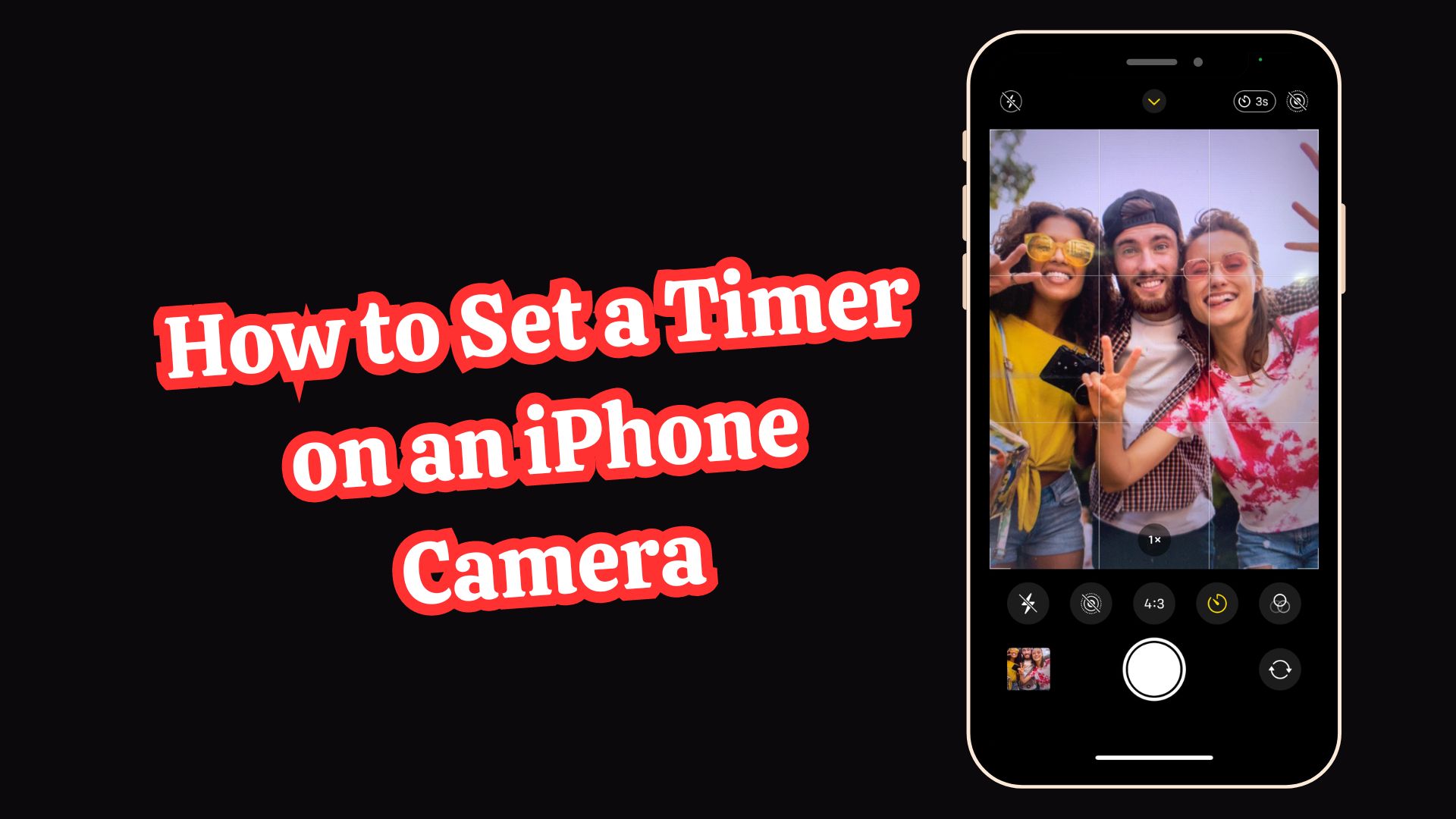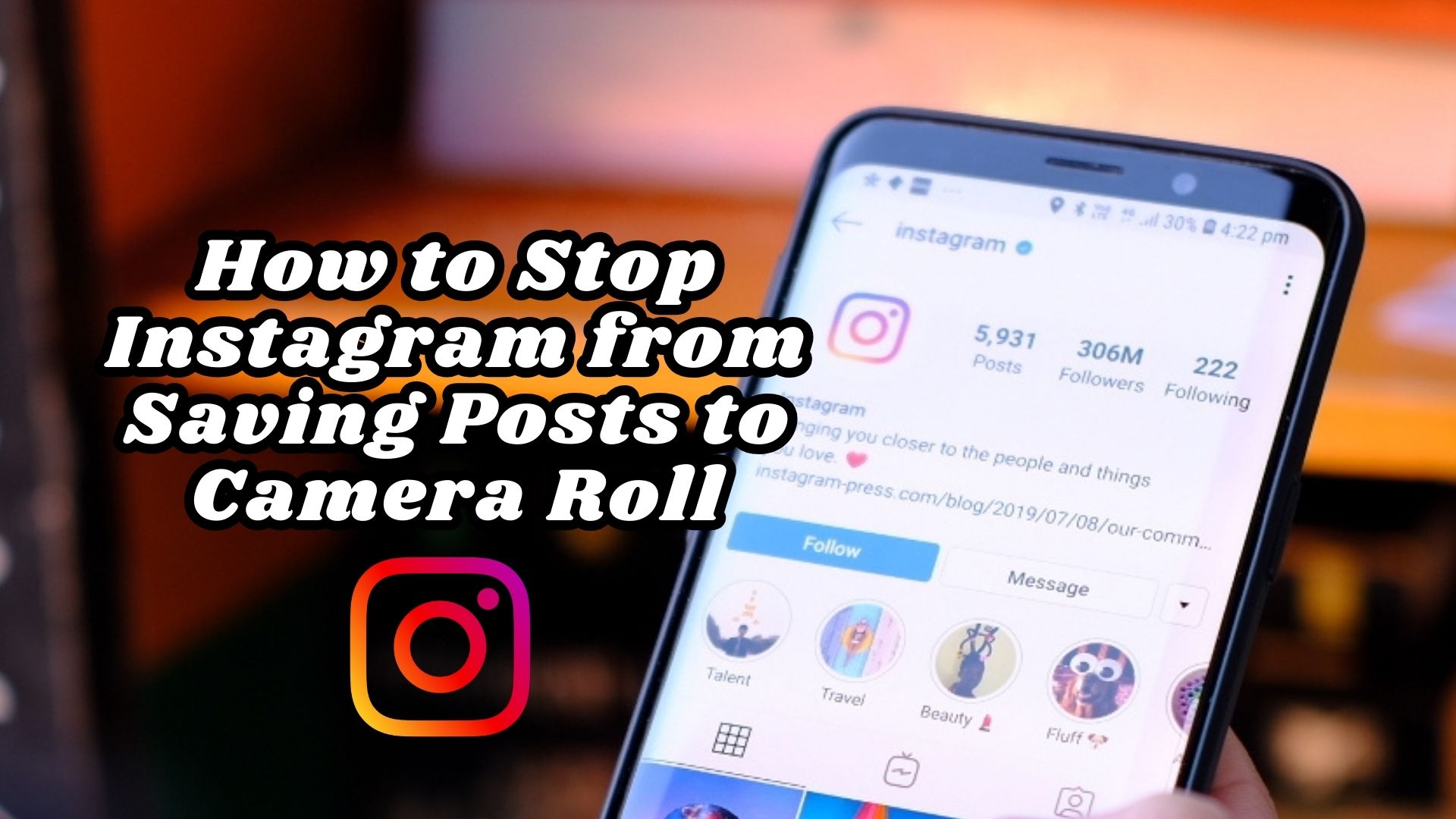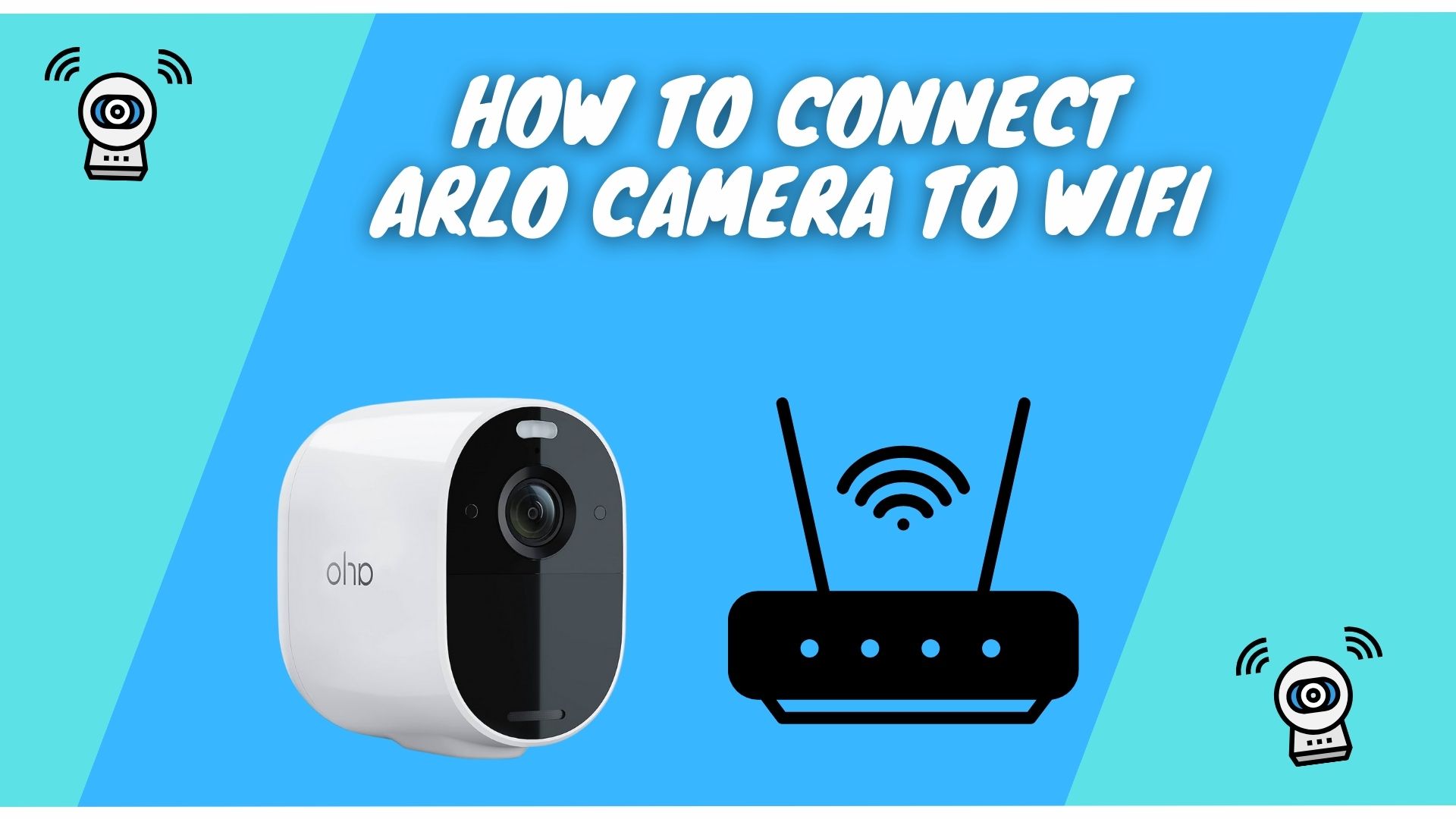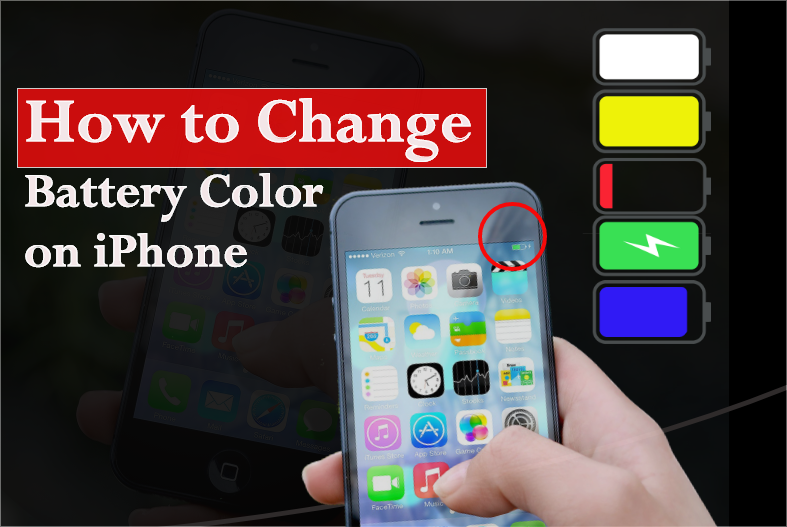How to Get Rid of Background Noise on Microphone – 11 Ways
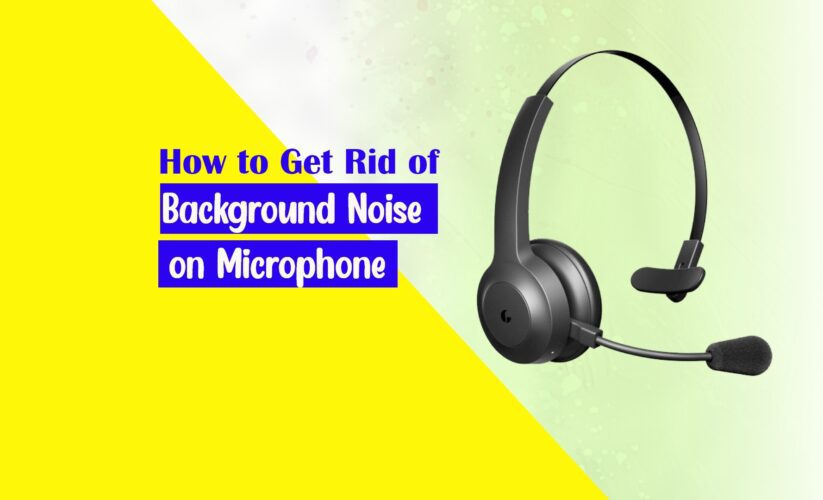

Suppose you are in an important meeting online and trying to communicate with others. But the microphone you use keeps picking up on every background noise around you and diminishing your voice. This is highly frustrating whether it is an office setting or not. The audio quality getting ruined because of this noise is not acceptable in the use of a microphone at all.
The good news is that you can take several measures to eliminate background noise and static if your microphone picks up undesired sounds. Even if ambient noise might not be totally eliminated through these methods, the interference can be reduced. Less interference with the signal will help automatically provide clearer, crisp audio.
By determining the type of microphone you own, you can figure out how to get rid of background noise on microphone. You are free to use any tools, software, or tangible things for this. We have gathered all of the possible information on how to reduce background noise on a microphone in this guide for your convenience.
Different types of background noises
Before delving into the process of how to remove background noise from the mic, it will be helpful to learn to differentiate them. There are a plethora of different kinds of background noises surrounding us all the time. But depending on the noise’s origin, impact, and frequencies, we can divide them into a few simple groups.
These are the background noises that play the main role in reducing the quality of your audio input:
1. Irregular Noise
The surrounding environment of the recording space can be characterized by varying and unpredictable sounds, such as people talking, traffic, wind, thunder, and rain. These are known as irregular noises.
2. Broadband Noise
Occasionally, a hissing or buzzing sound may be heard from the microphone. This is known as broadband noise, which is caused by a combination of a wide range of frequencies.
3. Narrowband Noise
The humming sound that commonly emanates from your microphone is usually referred to as narrowband noise. These noises are steadier than broadband noises. They are produced by a smaller frequency range. Improper grounding of the cable of the mic can lead to such noise.
4. Impulse Noise
Impulse noise is a sudden, high-frequency sound that might be produced when plugging in equipment or instruments. This noise is brief but quite loud.
5. Electrical Noise
The sounds coming from the equipment or instruments while recording is addressed as electrical noise. This noise is found more often in a recording studio with lots of electrical instruments.
How To Get Rid Of Background Noise on Microphone | 11 Ways
In order to cancel background noise, you will find yourself facing several different options. The first step in knowing how to stop the microphone from picking up background noise is to choose a pair of headphones or a microphone with a great noise-canceling feature.
Choosing the right mic positioning and correct use of all your audio hardware can provide clean, inference-less audio during recording. Furthermore, there is a handful of amazing software to help suppress background noise in post-production.
You will find methods on how to reduce background noise on a microphone in full detail below:
Get A Condenser Microphone With Low Self Noise
Condenser microphones are active microphones with a self noise. Each model of these microphones have their own signal-to-noise ratio ratings. For microphone noise reduction, you should choose a microphone with as low self-noise as possible.
The rating should be below 20dB for the noise suppression for the microphone. If the rating is higher than this, there will be a noticeable amount of hiss in the audio output.
Use A Dynamic Mic In Noisy Environments
Dynamic microphones are less sensitive due to their lack of active components in it. These mics don’t have a self noise rating, so the speech-to-noise ratio is greater. Don’t use the built-in microphone in your personal computers as that introduces a lot of noise and echo to the audio.
But the components in the dynamic mic also introduce noise into the signal. Dynamic microphones are particularly susceptible to electromagnetic interference (EMI) due to their magnets and conductive coils. One with a humbucking coil is an even better choice, as it is the least noisy.
Record Close To The Sound Source
The quantity of the sound source compared to the amount of noise in the microphone output rises when the microphone is closer to the sound source. So, if you speak right into the mic by placing it the closest to your mouth, the speech-to-noise ratio increases.
Keeping the mic closer requires the mic sensitivity to be at an acceptable level. It picks up on less noise and inputs more sound into the recording system. On the other hand, if you keep the mic too far away, the sensitivity of the mic needs to be increased. Increased sensitivity will amplify the background noise even more.
So, an amount of noise suppression for the microphone is possible by keeping the mic as close to the sound source as possible.
Use A Sturdy Mic Stand
Recording audio by holding the mic in your phone will cause vibrations by default. These vibrations and shock are part of immense mechanical noise which contributes to a big part of background noise. The only way you can avoid these kinds of mechanical noise is by using a mic stand or a shock mount clip.
Get a well-maintained microphone stand that won’t move around easily and avoid making unnecessary noise. You can attach a shock mount clip to your microphone to ensure even more secure audio input. These clips mechanically isolate the microphone from the stand and keep it in place securely.
Adding shock mount clips to your microphone is a good idea as it eliminates the creaky noise from the stand. They are made with different fabrics in order to absorb any mechanical noise.
Find A Quiet Place For Recording
This method should be a no-brainer for anyone. You can actually reduce the noise in your audio by a great shot just by recording it in a quiet place. If you don’t have the luxury of using a soundproof room for your recordings, try to minimize the noise around you to a minimum.
While recording in a normal room, close the doors and windows completely to make the room secluded. The sound does not reflect in the room and creates excess noise if the environment is acoustically dead. You can follow these recording ideas to create a secluded environment for reducing background noise:
- Record away from traffic or construction sites
- Carpeted rooms absorb more sounds
- Movement of clothing or footsteps should be eliminated
- Record away from electrical components such as fans, refrigerators, and ovens.
- Hang clothes or blankets around the walls or surrounding
- Deploy a vocal isolation shield on the mic
Place a Pop Filter In Front Of The Microphone
Using a pop filter is an optional choice for noise reduction in a microphone. It can be used when a human is recording on the microphone to avoid any extra noises created from the mouth. It is placed between the microphone and the mouth of the person recording.
Plosives occur on the hard consonant sounds of P, B, D, T, G, and K in English. It’s a burst of air that is produced when a portion of the vocal tract briefly closes and then opens again. Pop filters are created from thin fabric or membrane, which works to eliminate these plosives uttered from the mouth.
Plug In The Mic Cable Properly
A common occurrence with mic inputs and cables is the plugin techniques. If you fail to connect the plug to the socket all the way in, there will be a disturbance in the microphone.
Make sure to use a power socket that doesn’t have other electric circuits around. Connect the plug tightly to the socket. It can’t stay loose, or else the feedback will create a hissing noise into the microphone.
Activate Noise Suppression Feature On Windows 10 or 11
The best way of noise suppression for a mic during post-production is using the built-in tools on Windows 10 or 11. The precise options you have will rely on the audio drivers from your manufacturer and the sound hardware on your PC. The conventional Control Panel contains these features.
Follow these steps in order to enable the noise suppression for a mic on your windows:
- Go to the Control Panel from your starting screen. If you don’t have the shortcut to it, type Control on the search bar. Click on the Control Panel option to enter it.
- In the menu, it will be easier for you to navigate by changing the type to category. Right-click on your mouse to select View By. Choose Category from the options to rearrange the page.
- Go to Hardware & Sound from the left side of the page.
- Click on Sound next.
- Navigate to the Recording tab.
- You will see the name of your microphone here. Right-click on the name and choose Properties.
- On the Properties popup menu, find the Levels tab.
- You can reduce your microphone boost here by sliding the indicator on the slider. Set the boost to +10dB from +20dB. Now, the microphone will pick up on your voice even better.
- Next, turn the Volume slider up all the way to 100.
- Click on Apply to change these settings.
- Then test the microphone to check out the changes.
- Back on the Sound page, go to the Enhancements tab.
- Enable the Noise Cancellation or Noise Suppression option here by checking out the tick boxes beside them.
- Similarly, enable the Acoustic Echo Cancellation here to minimize speaker echos.
- Finally, click ok and then Apply to save the new changes.
Enable Noise Cancellation Mode on AirPods
AirPods feature two listening modes in their features. With the noise cancellation mode, you can remove the static noise in AirPods Pro. Transparency mode is usually active where you can hear the people around you. So, in order to remove the noise in AirPods, follow these steps to enable the noise cancellation mode:
- Go to the Control Center on your iPhone or iPad.
- Press and hold the volume slider of your AirPods until the additional controls appear.
- In the lower left side, select the Noise Control icon.
- Choose the Noise Cancellation mode to enable it.
Enable The Ambient Noise Reduction on MacOS
If you own a Mac instead of a Windows PC, you can’t use the noise suppression option in post-production. You have another option to use in this case. The MacOS has a similar feature named ambient noise reduction which can be used to remove background noise from the microphone.
Go through these steps in order to activate the ambient noise reduction on your Mac:
- From your Mac home screen, go to System Preferences.
- Click on Sound.
- There will be a checkbox beside the Ambient Noise Reduction option. Click on it to enable this feature.
- On newer models, you can adjust the input levels of your microphone by using a slider in the Sound menu.
Use A Background Noise Removal Software
At present, you can resort to a software to remove background noise from the microphone easily. These softwares are designed to act as a filter between your audio input and the microphone. It works as a free background noise removal during the recording.
Krisp Noise canceling software
KrispAI is one of the best AI-powered tools online that you can use while recording. This software provides free service for the first 120 minutes. If you want to continue using it, you’ll need to pay subscription fees.
Any conferencing, streaming, voice chat, and recording programs that allow you to switch between audio devices are compatible with it.
It uses machine learning to recognize the speaker’s voice as they talk into the microphone. Thus, it filters out any other sounds that are not the speaker’s speech. It also features bi-directional voice removal, eliminating noise from both ends of a call or stream.
IZOTOPE RX7
Another noise-canceling software on the market is IZOTOPE RX7. It isg renowned for its capacity to capture even the most noisy audio recordings and turn them into crystal-clear audio.
Dialogue contour, Dialogue de-reverb, Dialogue Isolate, De-bleed, Breath Control module, and De-rustle are some of this software’s unique features. It uses a new machine learning-based approach to eliminate reverberant signal content, rustling, or breathing sounds. It largely improves the clarity of the audio input and prevents the sound from leaking out of the headphones.
NOISE GATE Noise Canceling Software
Noise Gate software is able to assess the audio’s volume and determine whether or not its typical level is higher or lower than a particular cutoff.
If the audio level is greater than the threshold, the gate is bypassed, and recording is allowed. But if it is lower, the gate shuts, and the audio restricts entry.
This way, the Noise Gate makes sure not to record meaningless noises. Since we’re on the hunt for how to eliminate background noise, this can definitely be a good choice for this work. You also have the option to use this software with another virtual audio cable for more efficiency.
Recommended: How to Clean Microphone on iPhone
Frequently Asked Questions (FAQ)
Why does my mic pick up too much background noise?
If you notice your microphone gaining too much background noise than usual, there must be a reason for this. Several factors play a part in increasing the amount of noise in a microphone. Some of the possible causes could be:
- The microphone is too close to an electric device that produces static. It could be a fan, refrigerator, air conditioner, clock, etc.
- The PC fan or hard drive could produce static electrical noise in the mic as well.
- The microphone is too far away from your mouth. The ideal distance should be within 2 centimeters.
- The sensitivity of the microphone is too high.
- The microphone is not connected properly to the input device.
- Outside chatter or the traffic
- Open doors and windows to the recording room
How do I get rid of background noise when I talk?
You might be in the middle of a lot of people just when you receive a very important call. In such a situation, you have no other choice but to manage it. You can try out these options to figure out how to remove background noise when you talk in a crowded place.
- Move away to a different, quieter place.
- Use the noise suppression option if you are using Zoom, Google Meet or Discord.
- Enable the noise cancellation mode on your device.
- Use free third party noise reduction software such as Krisp, Noisegate, Audacity etc.
- Set the Audio Settings to Noise reduction on the platform you’re on.
- Use a microphone which is built for canceling outside noises.
Do mic covers reduce background noise?
Mic cover aids in shielding the microphone from moisture and other types of pollution. It completely encloses the microphone. It is constructed from closed-cell foam that is intended to be permeable in order to prevent interference with the sound quality of the microphone.
Any microphone can be protected by the foam cover, which is normally positioned over the microphone’s head while not in use. When using the microphone outdoors, this helps to keep it dry and clean and also helps to lessen wind noise.
It has the ability to reduce background noises such as wind, storms or fan noises. The wind can be diverted away from the microphone by the thick network of blades on the foam mic cover.
Does a pop filter remove background noise?
A solid pop filter is essential for any singer or podcaster to get rid of background noise. A pop filter, as its name indicates, is intended to lessen popping sounds when recording voices. By redirecting the air that strikes the microphone’s diaphragm, a pop filter aids in the creation of a crisp, clear recording. Pop filters are a need for anyone who is serious about producing music of a professional caliber.
Plosives occur on the hard consonant sounds of P, B, D, T, G, and K in English. It’s a burst of air that is produced when a portion of the vocal tract briefly closes and then opens again. Pop filters are created from thin fabric or membrane, which works to eliminate these plosives uttered from the mouth. So yes, a pop filter does efficiently remove background noise.
Can an iPhone remove background noise?
The voice recording app on an iPhone is the Voice Memo. It is the built-in default sound recorder of the iPhone. If you have recorded audio in voice memos but don’t know how to filter out background noise, this section is for you.
With iOS 14 and iPad OS 14, Apple added the Enhanced Recording function to the Voice Memos app. So, if you capture any audio using the Voice Memos app, you can simply touch away the echo and background noise to eliminate it.
- Open the Voice Memo app on your iPhone.
- On the recording, if you want to remove the noise, swipe left.
- Next, tap on the three dots icon and choose Edit Recording.
- On the top left tap on the Filters icon and then turn on the toggle for the Enhance Recording option.
- Click Done to save the changes.
- Play out the recording to listen to the changes without the background noise.
Conclusion
We have covered a handful of different ways for you to learn how to get rid of background noise on microphone. There is a possibility that not all of the noises will completely disappear from the audio recording once you use these methods. But of course, the noise will reduce significantly to the point that you will barely notice them in the recording.
You can choose the noise-canceling microphone for the best experience, but it can be too expensive for your budget. So, maintain the audio recording environment tips during the recording. Knowing how to remove background noise is essential for anyone producing music, videos, or podcasts. Once you follow the proper environment during recording, make sure to use the software on it in the post-production.
Recommended Reads:

